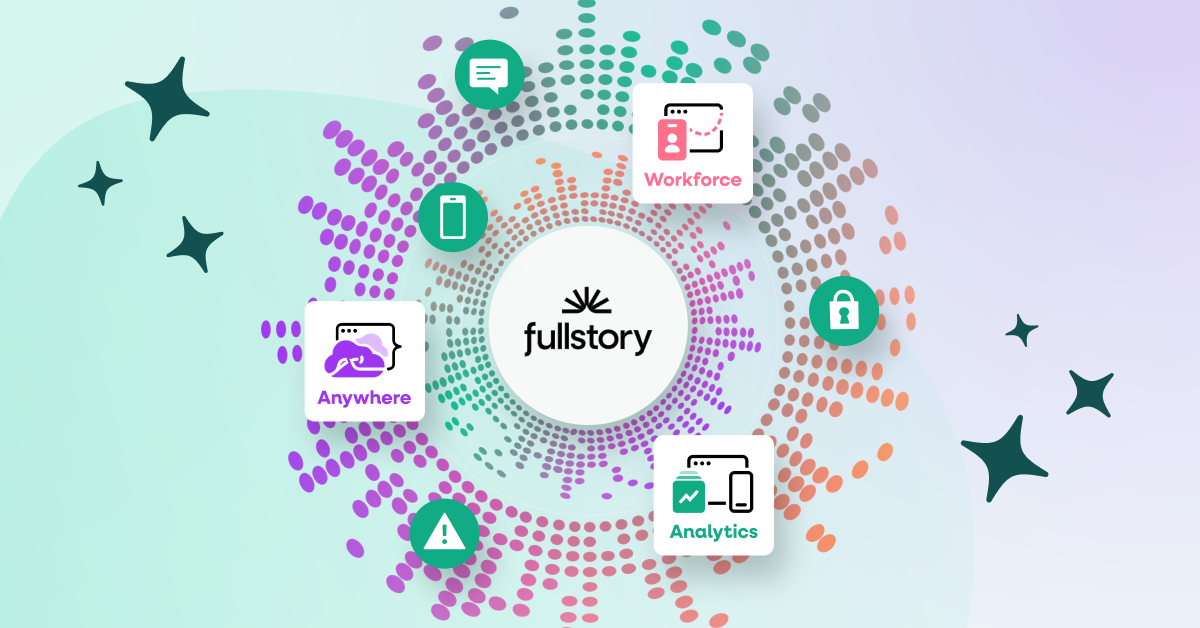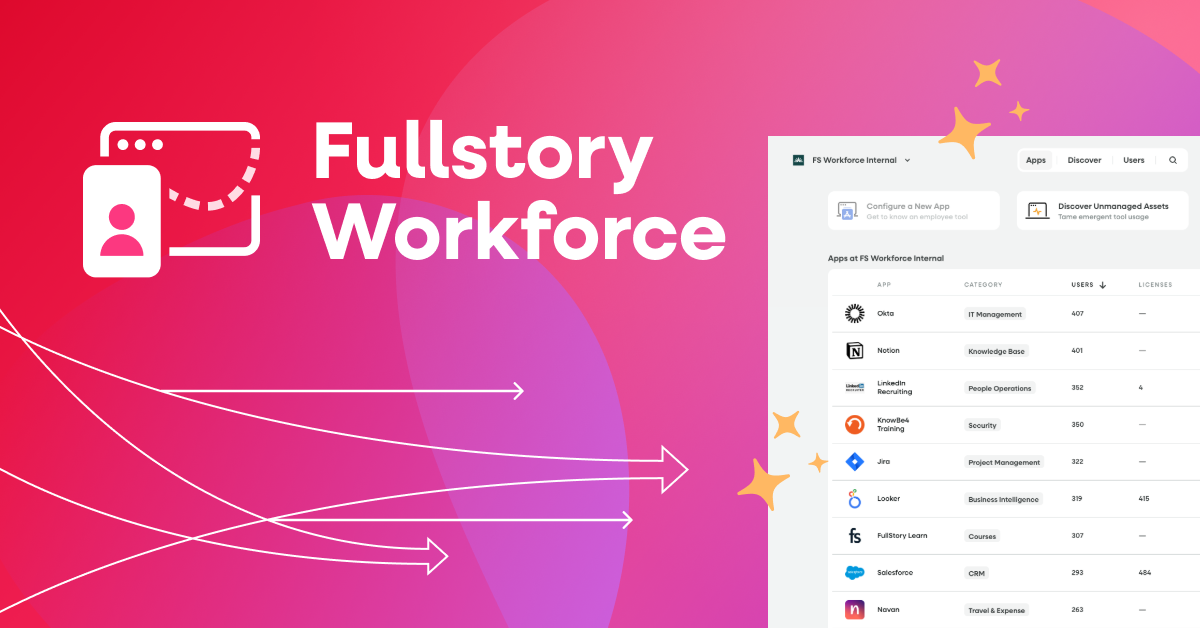In a new article for CustomerThink, I shared 3 power tips for digital experience pros to deliver better digital product and customer experiences—and drive positive brand perception—in 2024. You can find the article here, which also includes recent results from our global survey of DX professionals.
Here’s an even deeper look at some of the topics I touched on in the article:
Three ways to optimize data usage
DX pros are under pressure to perform: 79% of survey respondents said their performance targets have increased for the year ahead, despite 51% facing budget cuts. Two-thirds are trying to do more with less, which makes the challenge steep to improve usage of data to inform effective DX strategy.
In the face of increased scrutiny, the survival of DX budget lines depend on meaningful data usage. With a commitment to rethink their relationship to data, companies can significantly improve their DX performance:
1. Autocapture to collect data comprehensively
Autocapture collects every digital interaction so that DX teams can see the whole customer journey, even when users deviate from the expected path. That way, teams can uncover insights they didn’t know to seek out. The potential savings in time and resources is significant, given that 67% of DX professionals in Fullstory’s survey report needing to re-tag websites and apps whenever new questions arise or they want to track new behavior patterns.
Capturing the entire spectrum of user behavior helps teams uncover new opportunities–especially in turbulent times, when historical data is less likely to predict current priorities and needs. In addition, autocapture helps DX teams identify trouble spots faster, such as new glitches or dead ends that arise with the debut of new features, which can impact existing offerings in unforeseen ways. Tracking “rage clicks” and other signals of frustration is especially important given that 65% of consumers globally are likely to abandon digital experiences without achieving their goals if they encounter problems or frustrations, Fullstory research found.
Even subtle signals of confusion can be uncovered using autocapture and analytics tools. The DX team at recreational manufacturer Mammut noticed that few visitors to its mobile site used the main navigation, but those who did were more likely to make a purchase. With further analysis and using session replay powered by autocapture data, they realized the menu design and position were confusing. Repositioning doubled usage and boosted overall mobile conversion by 8%.
2. Democratized data that enables collaboration
DX teams don’t just struggle to collect the right data; even when they have it, data is hard to use and share. According to Fullstory’s survey, 74% of DX teams can’t connect data among teams and eliminate silos.
Costly inefficiencies result, with 28% of respondents saying colleagues can’t directly access the DX data they need, and 30% reporting that multiple teams end up replicating each other’s work due to lack of access. Overall, just 24% of DX professionals in the survey strongly agreed that their organizations have a single shared source of data truth.
To eliminate these hurdles and streamline data sharing, DX teams should capture activity across digital touchpoints, from mobile apps to live customer support chat sessions. Policies and practices that support data access can help build a shared understanding of user behavior across the organization.
Airline JetBlue uses autocapture and session replay to enhance collaboration between product and engineering teams. Identifying common types of error messages occurring among specific user groups, the product team helped engineering zero in on glitches in the payment process and address them, reducing errors by 20%. After migrating to new booking technology, autocapture data helped uncover that a sudden drop in reported performance was actually due to an analytics reporting glitch, not actual customer abandonment–saving the engineering team from embarking on a lengthy investigation. The instant collaboration enabled by shareable dashboards helps the teams maximize efficiency.
3. Future-proofing data collection
DX teams need data that’s portable and flexible so their companies can implement new advances in business intelligence without needing to reconfigure their entire environment. But currently, 62% of DX practitioners in Fullstory’s survey reported that they don’t collect data that integrates with other sources.
To ease merging data from disparate sources, teams need to push for standardization so that new datasets can be integrated accurately and without redundancy. Ease of integration supports holistic understanding of user behavior across touchpoints, and also enables DX teams to combine digital data with other company information sources, such as customer relationship management or AI-powered fraud detection tools.
Information that is consistently structured is also adaptable in changing circumstances. Data can still be parsed even with changes in event definitions or business rules. Standardized schema also ensures smooth transitions if companies migrate to new data warehousing platforms or deploy new analytics tools. Given that two-thirds of Fullstory survey respondents anticipate consolidating their tech stacks in the coming months, this portability is crucial.
Drive DX efficiencies with complete and accessible data
As they face mounting pressure to innovate while trimming budgets, DX teams need to do more to leverage the data they collect. Practices that prioritize data completeness, consistency, and agility enable companies to identify meaningful insights about user behavior and put their findings into practice efficiently, saving time and resources while improving customer satisfaction.





